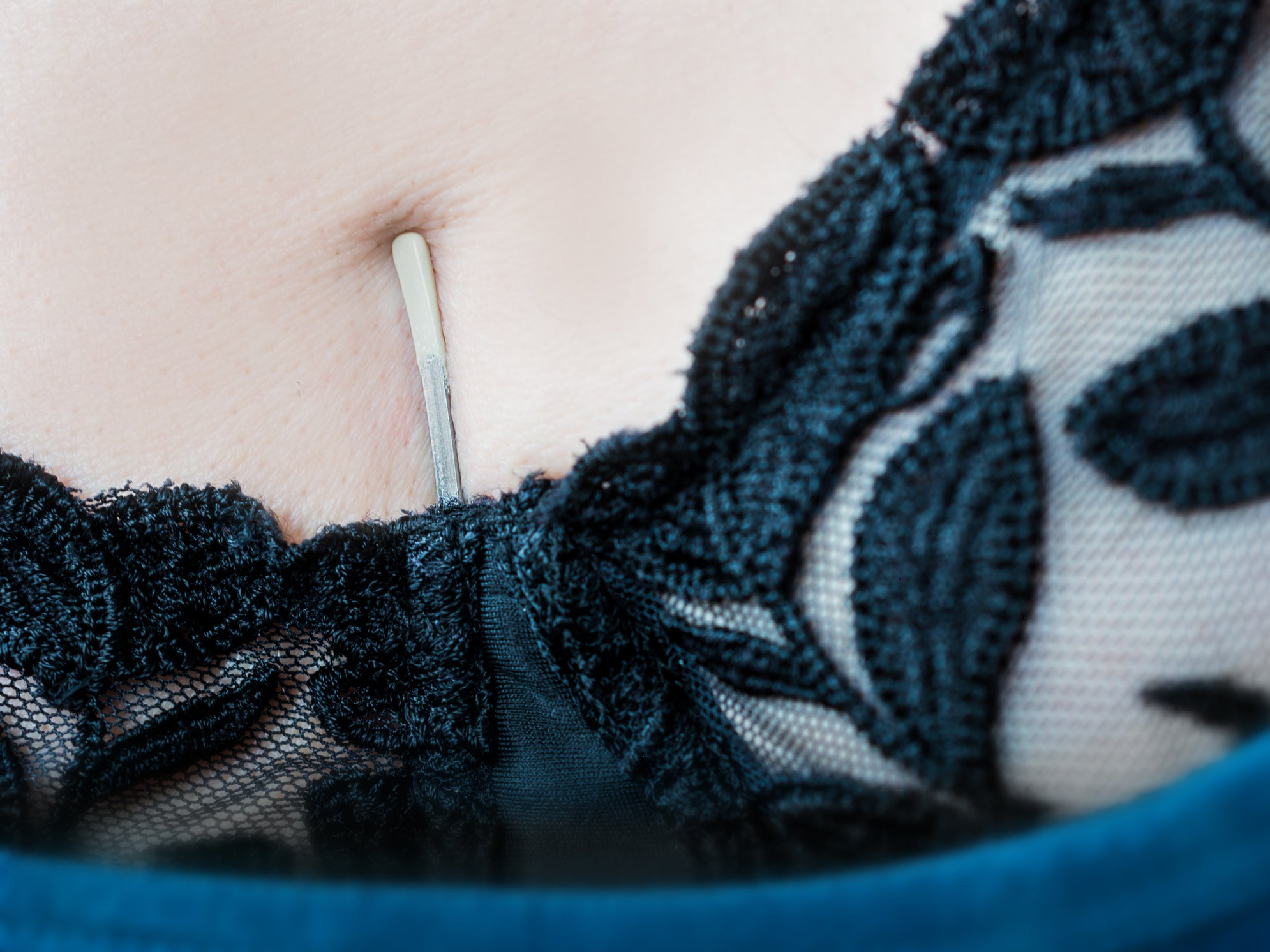
When the washing machine broke last month, the culprit was a rogue bit of bra wire. “I don’t understand,” I protested. “I haven’t worn an underwired bra since March!”
At the start of the pandemic, women en masse declared that one – tiny – upshot of lockdown was, to paraphrase Zooey Deschanel in New Girl, that our breasts no longer had to go to boob jail. Overnight, we morphed into a population dressed like giant babies.
Fashion reflects the times. Flapper dresses mirrored 1920s post-war decadence and 1980s power suits accompanied women entering the workforce. And in 2020 – worlds shrunken, jobs and lives lost and future plans on hold – there is very little to take comfort in other than … well, being comfortable.
At a time when we’re all yearning to swaddle our loved ones in cotton wool, keeping them safe at all costs, it’s no wonder this is the aesthetic we’re leaning into. If we can’t have human arms wrapped around us, we’re doing everything we can to make it feel like we do.
So we have turned to tracksuits, leggings (or as one friend calls them, “sitting down pants”), pillowy puffer jackets and anything that could reasonably be described as feeling “like a hug”.
They are clothes to see us through days, weeks and months of uncertainty, anxiety and inactivity, when there is no need to change our look from “day to night” or “desk to dinner” because all our days and nights are spent in the same place… invariably, at the desk where we also eat our dinner.
Out goes starched, sculpted or structured and in comes billowing, quilted, slouchy, roomy and relaxed. Clothes that allow us to stretch, sleep and curl up in the fetal position as necessary.
For women especially, comfortable clothes often fall into two categories: soft, stretchy fabrics that envelop the body, or oversized materials that swamp it. The end goal is the same: allowing the body to be, just as it is.
Women have always been subjected to restrictive clothing designed to contort them into a shape determined by society. Any resistance to this has been viewed as political – think of Billie Eilish’s signature loose T-shirt and shorts combo, assumed to be two fingers up at an industry that prefers its female pop stars in PVC, even though Eilish herself has discouraged this take.
Right now, our tolerance for being poked, nipped and pinched is non-existent – hence the vilification of underwires – but that doesn’t mean throwing all bras in the collective 2020 dumpster fire. Some people might feel best with some support up top, or at least an extra layer (especially if going bra-less might feel exposing in current living situations). That’s the thing: comfort is wonderfully subjective. It doesn’t have to be minimalist neutrals in silk and cashmere; it might be decade-old jogging bottoms (just me?) or fringed kimonos (shoutout to Billie Piper in I Hate Suzie).
I used to have a theory that the richest people walking around Selfridges were the scruffiest. The ones in their dressing gowns or mismatched gym clothes were the people who didn’t care how they were perceived. They were so accustomed to being in exclusive spaces that they didn’t feel the need to dress up for them. They belonged there, and so did their tracksuit – there’s a good reason that comfortable means affluent as much as it means snug.
It’s a privilege that most of us haven’t been allowed until now, in our own homes, when our level of comfort is one of the few things we have control over, safe in the knowledge that underwire might not quite be history, but it’s certainly not a necessity. And with our realisation that maybe Waynetta Slob knew what she was doing all along, our expectations for the rounded corners and softened edges of comfort-first fashion have shot up.
This month, Ganni launched its first ever “softwear” collection, made from recycled materials and without a button, zip or fitted waist in sight. It joins Baum und Pferdgarten’s Basically Baum and Kitri’s Jersey collection that already has its own waitlist. Even big boob mecca Bravissimo has a “Bralette Buyer’s Guide” to bust (sorry) the myth that wire-free bras can only support small bosoms. Newer brands have made comfort their sole selling point, like HUNA, which makes linen sleepwear “for tossing and turning” (extremely 2020), and New York label OFFHOURS, which describes its only product, the Homecoat – essentially a wearable duvet – as “inactive-wear for being indoors”.
Although they look like the antithesis of fashion, this approach actually sits quite comfortably (again, sorry) alongside much of where the wider industry is headed, from the collapsing of gender boundaries to incorporating sustainability.






